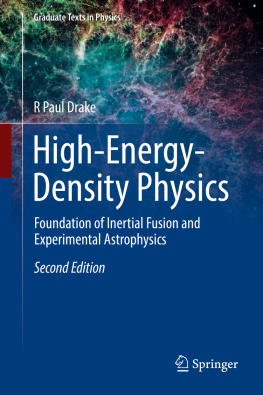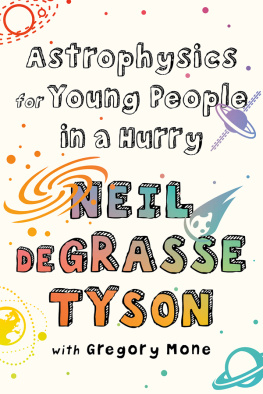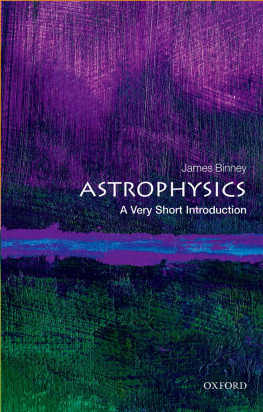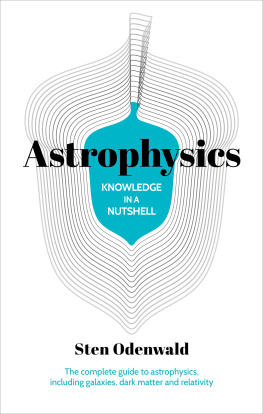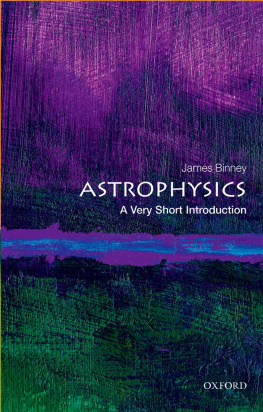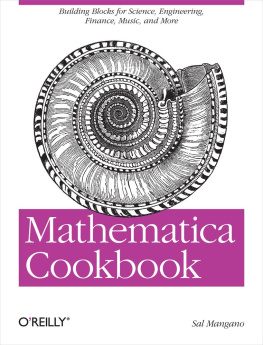This new text surveys a series of fundamental problems in astrophysics, both analytically and computationally, for advanced students in physics and astrophysics. The contents are supported by more than 110 class-tested Mathematica notebooks, allowing rigorous solutions to be explored in a visually engaging way. Topics covered include many classical and historically interesting problems, enabling students to appreciate the mathematical and scientific challenges that have been overcome in the subjects development. The text also shows the advantages and disadvantages of using analytical and computational methods. It will serve students, professionals, and capable amateurs to master the quantitative details of modern astrophysics and the computational aspects of their research projects.
Downloadable Mathematica resources available at www.cambridge.org/koberlein.
Brian Koberlein is Senior Lecturer of physics and astronomy at the Rochester Institute of Technology.
David Meisel is Distinguished Professor of physics and astronomy at the State University of New York, Geneseo.
DDM thanks Carolyn for 56 years of shared entropy that made his contribution possible.
BDK thanks Julia and Douglas for bringing love and joy to his universe.
Astrophysics Through Computation
With Mathematica Support
BRIAN KOBERLEIN
Rochester Institute of Technology, New York
DAVID MEISEL
State University of New York, Geneseo

CAMBRIDGE UNIVERSITY PRESS
Cambridge, New York, Melbourne, Madrid, Cape Town,
Singapore, So Paulo, Delhi, Mexico City
Cambridge University Press
32 Avenue of the Americas, New York, NY 10013-2473, USA
www.cambridge.org
Information on this title: www.cambridge.org/9781107010741
Brian Koberlein and David Meisel 2013
This publication is in copyright. Subject to statutory exception
and to the provisions of relevant collective licensing agreements,
no reproduction of any part may take place without the written
permission of Cambridge University Press.
First published 2013
Printed in the United States of America
A catalog record for this publication is available from the British Library.
Library of Congress Cataloging in Publication Data
Koberlein, Brian.
Astrophysics through computation : with Mathematica support / Brian Koberlein, David Meisel.
p. cm.
Includes bibliographical references and index.
ISBN 978-1-107-01074-1 (hardback)
1. Astrophysics Data processing Textbooks. 2. Mathematica (Computer program language)
I. Meisel, David D. II. Title.
QB462.2.K63 2013
523.01028553dc23 2012051612
ISBN 978-1-107-01074-1 Hardback
Additional resources for this publication at www.cambridge.org/koberlein
Cambridge University Press has no responsibility for the persistence or accuracy of URLs for external or third-party Internet websites referred to in this publication and does not guarantee that any content on such websites is, or will remain, accurate or appropriate.
Contents
Preface
Why another book on astrophysics? Undergraduates and first-year graduate students are deluged with complex information that they are expected to know at least qualitatively, and there are plenty of texts that present just such a broad comprehensive survey of astronomy and astrophysics (either observationally or theoretically) and do that just fine. In fact, there are many things being taught in introductory astronomy classes today that 50 years ago appeared only in doctoral theses. But in those same times there were those (Chandrasekhar, Einstein, Hubble, and Spitzer, for example) who, having no access to the powerful computers of today, developed the elegant analytical and observational theories upon which our modern ideas are based. Not only did these early people work with incomplete data sets and poorly understood physical concepts, but they also had to invent their own mathematical and computational methodologies to make their concepts quantitative. The scientific progress of those times was largely the product of sheer intellect from beginning to end.
Astronomy and astrophysics now make such immense strides almost continuously that undergraduate and beginning graduate students are rarely aware of the extraordinary quantitative foundations given to these disciplines during the nineteenth and twentieth centuries, and this knowledge gap widens with each passing day. There are two factors at work here. First, the analytical mathematics used by these early masters was quite above that usually considered suitable for undergraduate instruction, and second the actual computational programming required to produce realistic modern models these days is considered too sophisticated to be meaningfully approached by all but the most advanced undergraduates and beginning graduate students. Yet NASA and other space agencies have often honored the intellectual giants of this era by naming spacecraft after them without explaining to modern students those lines of mathematical/quantitative reasoning that made possible the revolutions in thought of those scientists.
The purpose of this text is to use a modern computer mathematics system to give undergraduate and first-year graduate students a quantitative bridge between the old and the new. We do not intend for this volume to be a comprehensive survey of astronomy and astrophysics, either observationally or theoretically. Instead we cover a series of topics where it is evident (at least to us) that the mathematical (analytical or numerical) development in the hands of a skilled practitioner was critical to the understanding of available observations and/or proposed models. Our selected quantitative tasks had to fit the ready availability of the mathematical tools in the chosen computer math system, and a number of topics were rejected as being unable to be solved conveniently because of an unreasonable amount of processing time, because the data were too big for a desktop computer, or because the complexity of the problem obscured the concept we were trying to illustrate. As a result, the level of presentation varies greatly with the difficulty of the problem. We do not avoid a discussion just because the concept is considered too difficult if the math can be used to produce intelligible results. In general, we do not expect students to write their own software from scratch, but we do hope that they can use the text or notebooks as templates for their own applications.
If we do not include a favorite moment in history for every reader of the text, please consider those chosen as steppingstones to an extraordinary wealth of material from which you can formulate your own examples. In every case we consider, we extend (and encourage the student to do likewise) the exploration of a cited early work by means of modern computer technology. This graphically illustrates the quantitative directions that the work might have taken had such technological marvels been available in those early times. These computational activities also reveal various shortcomings in the early work that might have been avoided had advanced computation been available. Students will learn to recognize these for themselves as they work through the text and notebooks. We do this so that students will develop a sense of connection between those days when most ideas started in the human brain and todays modern world of supercomputers where visualization is so complicated that the brain needs computer filtering to understand what the numerical results are saying. But just because we have tended to develop the ideas of astrophysics of the past (and some of the present) does not mean we neglect to show some of the connections with the present and future.




